
Opinions
12:32, 22-Sep-2017
Opinion: Can China become more efficient without mass unemployment?
Guest commentary by Li Yong
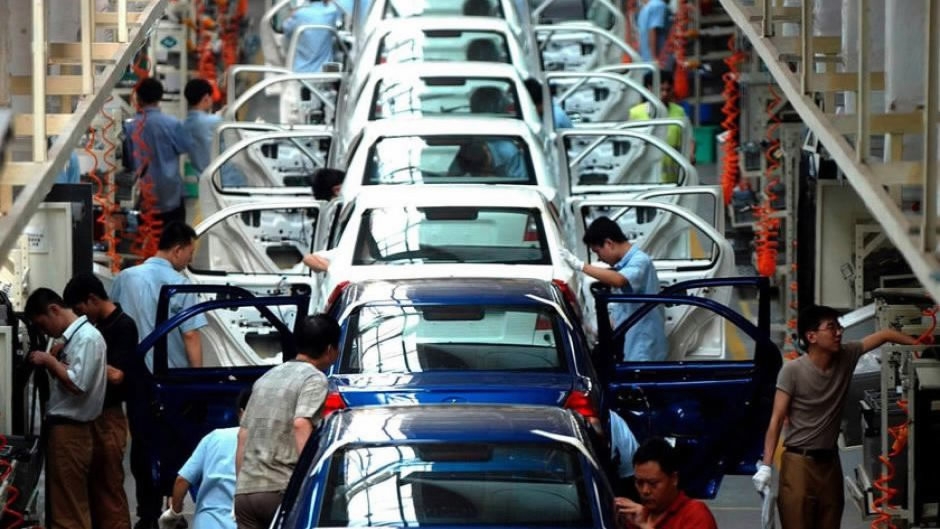
China has a tough balancing act in the coming years – the country’s trying to become more efficient by shedding unwanted manufacturing capacity, while not creating mass unemployment for people working in these industries. The policy is called "supply-side reform" and getting that balance right will be key to China's success both at home and abroad.
On July 24, the IMF released "The World Economic Outlook Update", in which China’s growth forecast was revised to 6.7 percent for 2017 and 6.4 percent for 2018, up by 0.1 and 0.2 percentage points respectively. One of the factors in the revision was China’s supply-side structural reforms including efforts to reduce excess capacity in the industrial sector.
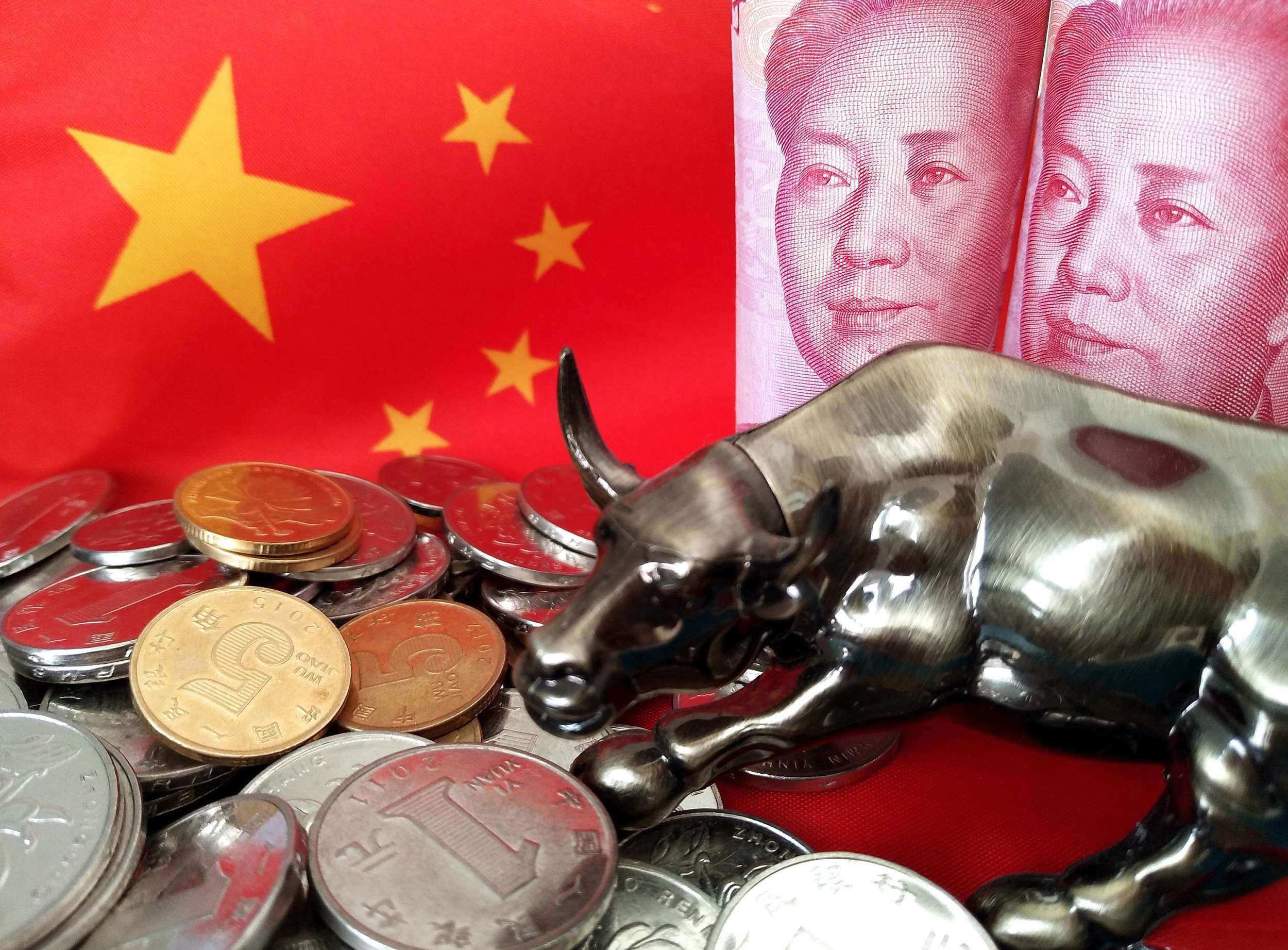
VCG Photo
VCG Photo
Xi Jinping, General Secretary of the Central Committee of the Communist Party of China (CPC), presided over a recent Central Committee's Political Bureau meeting, which, among other agendas, reviewed the country's economic performance in the first half of 2017, while making proposal for arrangements for the second half. Speaking to CPC senior leaders, Xi reiterated the country’s determination to continue deepening the supply-side structural reforms in an effort to push forward sustained and healthy economic and social development.
This meeting set the tone for the economic work for the remainder of the year, calling for an all-out effort to maintain overall social stability and create a favorable environment for the coming 19th CPC National Congress, set to open on Oct. 18, 2017.
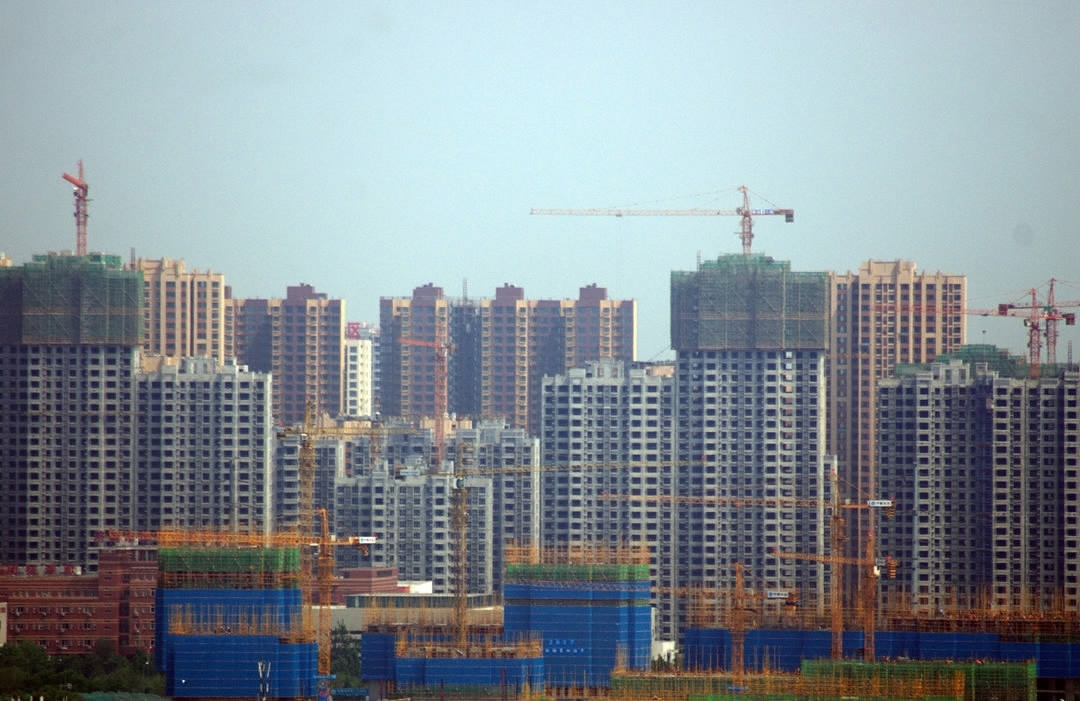
China's property market /VCG Photo
China's property market /VCG Photo
While the 19th CPC National Congress is expected to make major decisions for the country, including those related to future economic development, it is clear that China’s policy makers are poised to stay consistent in the policies being implemented to transform the economy so that the quality and efficiency of the economy will be further enhanced.
Supply-side structural reforms will continue to dominate the economic agenda, with the purpose of achieving more material progress in the adjustment of the economic structure.
Among the five key targets of the structural reforms, excess capacity reduction is the top priority and is critical to the success of the intended economic structure optimization.
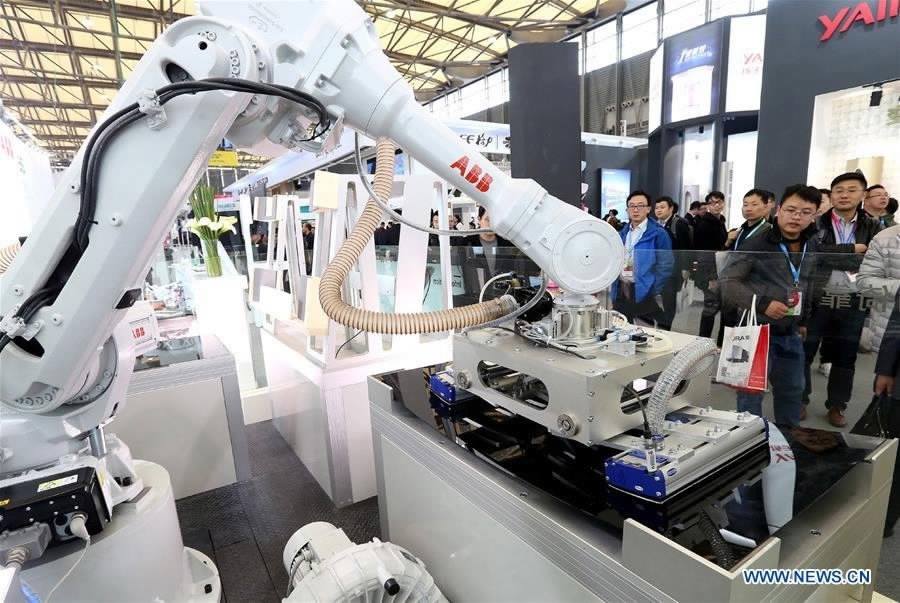
Xinhua Photo
Xinhua Photo
Closing of active capacities would mean the loss of jobs for tens of thousands of people, and a reduction of fiscal revenues and GDP growth at the local level. However, there has been increasing consensus on the need to cut excess capacity, and more efforts have been made to achieve the goals set by the central government.
The country has been successful in meeting its capacity-cut target in 2016, in which over 65 million tons of steel capacity and more than 290 million tons of coal capacity were trimmed.
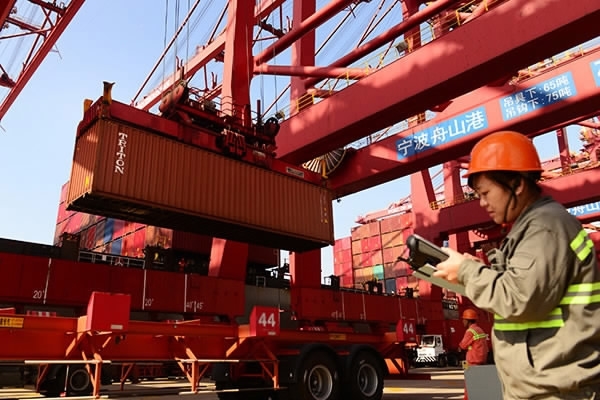
Reuters Photo
Reuters Photo
China is on track to hit the 2017 target, of cutting steel capacity by about 50 million tons and coal by at least 150 million tons. According to the National Development and Reform Commission (NDRC), China reduced crude steel production capacity by 42.4 million tons by the end of May, which was equivalent to 84.8 percent of the 2017 target, and 74 percent of the targeted coal capacity was cut in the first half of 2017. At the same time, 727 low quality steel mills in 28 provinces and autonomous regions have been closed down, eliminating a total capacity of more than 120 million tons.
In addition to steel and coal, the central government has also identified other sectors as targets of capacity reduction including non-ferrous metal, electrolytic aluminum, construction materials, and sheet glass among others.
The efforts to cut excess capacities are justified by the positive outcomes – the improvement of profitability in related sectors, a more optimal industrial structure and the restoration of market order. Such efforts are also a reflection of China’s commitment to the world as a responsible economic actor.
This capacity reduction has critical implications for China’s future growth, as it has important bearing on global supply and demand. The country will deploy all necessary means to reach its goals while actively managing both domestic and international business operations. Overcapacity in some sectors is not just the problem of China, but also a global phenomenon that requires global cooperation for a global solution.
At the global level, cooperation and communication should key to the collective efforts to deal with the overcapacity problem. Narrow solutions in the form of protectionism are not going to bring desired results, and will only lead to unnecessary conflict, along with eventually having a negative impact on consumers.
China’s initiation and active participation in the Global Forum on Steel Excess Capacity during the G20 meeting held in Hangzhou, east China, is a clear demonstration of China’s commitment to resolving the capacity glut. As China moves to a more sustainable and greener path of economic growth, it is in China’s own interest to optimize its industrial structure to improve its quality and efficiency of its economic performance. Reduction of excess and backward capacities is a choice of "no choices" for China, but at the same time, China also urges countries to work together for innovative, constructive and productive solutions rather than resorting to protectionist exercises.
Looking ahead, China hopes to cooperate with relevant countries to contribute to the well-being of the world economy, a bigger pie for more to share, not a smaller one for some to win and some to lose out.
[Li Yong, the author, is a senior research fellow at China Association of International Trade (CAIT), former deputy secretary general and vice chairman of CAIT, co-chairing the Center for US/Europe Economic and Strategic Studies. He is also an executive councilor at China Society of WTO Studies (CWTO) and a member of the Advisory Committee for Foreign Economic and Trade Policies at CWTO. The article reflects the author’s opinion, not necessarily the view of CGTN.]

SITEMAP
Copyright © 2018 CGTN. Beijing ICP prepared NO.16065310-3
Copyright © 2018 CGTN. Beijing ICP prepared NO.16065310-3